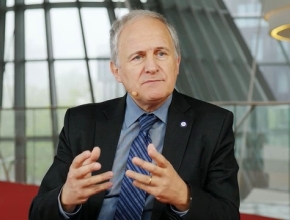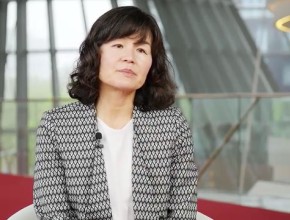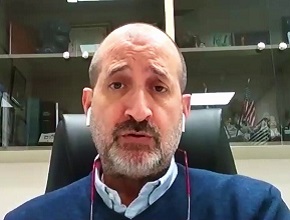How to perform endoscopic surveillance in patients with Barrett esophagus?
Janusz Jankowski, MD, PhD: It is very simple indeed. There is an awful lot talked about endoscopic surveillance and people turn it into a mystery.
If you have a normal Barrett esophagus with no dysplastic changes, it is 4 biopsies every 2 centimeters. In simple terms, it is just 2 biopsies per every centimeter of Barrett esophagus.
If you have low-grade dysplasia, we increase the dose to a maximum twice daily proton pump inhibitor and we will redo endoscopy and biopsy in 6 months’ time. If you still have the dysplasia, we will offer endoscopic mucosal resection therapy.
For anything else in Barrett esophagus—high-grade dysplasia or abnormal lumps—even if it looks benign, you should still offer endoscopic mucosal resection.
So there are 3 forms: standard biopsy; standard biopsy with a high-dose proton pump inhibitor and endoscopic mucosal resection for dysplasia; and if it is high-grade dysplasia, endoscopic mucosal resection.
I would always offer proton pump inhibitors to patients. In fact, [there is new] evidence—we are hoping to present that later on in the year—from a very large randomized trial called the Aspirin and Esomeprazole Chemoprevention Trial, AspECT for short. We have some very exciting data where I think we are probably going to change the recommendations. I am not allowed to say what that is, but we probably will not be suggesting that you should be leaving your patients on no treatment or intermittent treatment. We think that probably the guidelines may have to change.
 English
English
 Español
Español
 українська
українська











